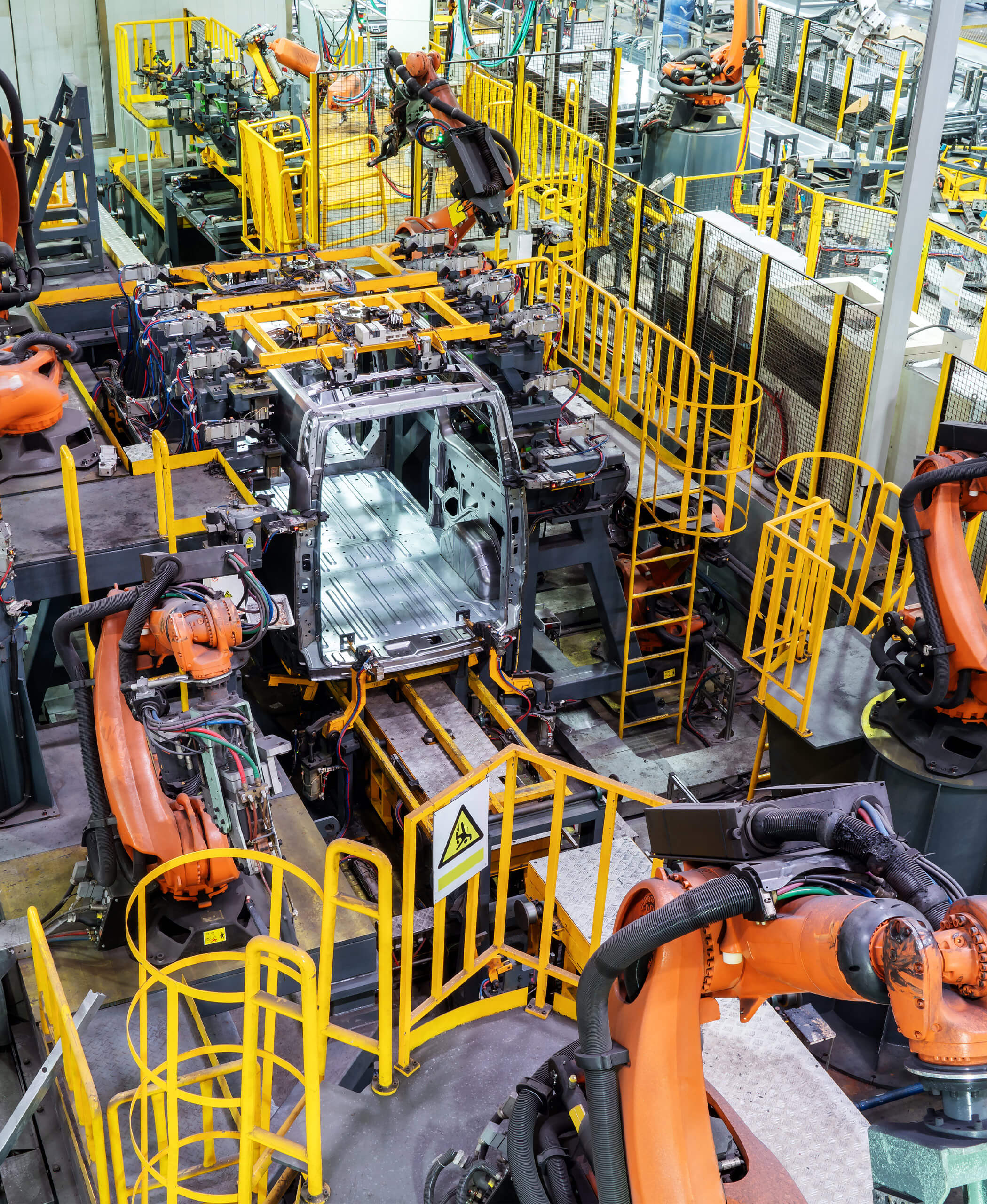- Veröffentlichung:
11.07.2022 - Lesezeit: 6 Minuten
The vision of process automation in administration
In many organizations, hyperautomation is the logical development of their ongoing process automation initiatives. Partially or fully automated processes – supported by artificial intelligence – become self-optimizing workflows or important digital advisors for process managers. Hyperautomation thus stands for the next evolutionary stage in the automation of processes, for the next step in the digitization of public administration. After all, it’s not just Corona that has uncovered sensitive digitization gaps – the Online Access Act (OZG) also requires that hundreds of administrative services become digitally accessible this year. But the path to hyperautomation is not trivial. For such a strategy, a structured approach and careful selection of processes are indispensable.
AI as a central component
Successful hyperautomation increases the efficiency of public authorities and enhances their user and citizen orientation. At the same time, they mitigate the consequences of the shortage of skilled workers. Artificial intelligence (AI) plays a key role as an enabler for hyperautomation. Thanks to AI, tasks can now be automated where this would have been unthinkable just a few years ago. This begins with the automated capture and digitization of handwritten applications and forms via Optical Character Recognition (OCR) and extends to the support of more complex, collaborative processes in administration.
End-to-end process integration
In the past, the integration and automation of processes involving several offices or authorities often failed because the diverse IT systems did not allow real collaboration between the clerks. Hyperautomation overcomes this technical obstacle. It also allows the digitization of more complex approval and verification processes across multiple administrative units. Modern low-code and no-code platforms also help to significantly lower the hurdle for automation. This is because they simplify programming tasks decisively and transform employees from the specialist departments into so-called citizen developers. Chatbots are another example of AI-supported automation. Today, they are often so well trained that it is sometimes difficult to identify whether the partner in the digital chat is a robot or a real person.
The cost-benefit ratio
In public administration, the business case behind automating a process is relatively easy to calculate: The investment in the business process must be covered by the savings it generates over time. Therefore, it is usually recommended to prioritize processes with high throughput. For example, standard processes typically triggered by citizen requests often lend themselves to hyperautomation. Some suitable software solutions even allow self-service – with AI-based document, email, telephony and chat routing. In the public sector, hyperautomation usually has a particularly high potential benefit. This has not least to do with the fact that decisions are generally made here according to clear rules and patterns. Nevertheless, the following applies: Hyperautomation is particularly suitable for gray areas where there are many borderline cases and where there is scope for decision-making. This is because the AI system can ask questions in cases of doubt in order to learn from human decisions. OCR processes, for example, can also be continuously improved in this way.
Service center process as example
A good hyperautomation strategy starts by prioritizing relevant processes. As a rule, it is advisable to build the backbone of the business model first. After all, automation is particularly rewarding when it addresses functionalities that are reused in numerous processes within the administration and also across agencies. This creates the required impact on the project goals. If we take call or service center processes as an example, telephone routing (IVR) and a stable connection to the telephone provider are possible areas of application in their environment. Only in the next step will the hyperautomation strategy then look at services that have a higher degree of complexity, are more domain-specific and have a significant impact on the project goals. To stay with the service center example: Here, a worthwhile next project would be the AI-supported, automatic and unambiguous identification of a citizen based on his or her voice. This automatic voice recognition makes it possible to implement even more services in the following: for example, the visualization of the contact history and the AI-supported determination of the Next Best Action (NBA). The result of this automation: Service center employees could increase their first resolution rate. Hyperautomation in this context would then be the complete avoidance of the call – be it by proactively offering self-services to citizens using pattern recognition or even by a completely automated Next Best Action with corresponding process completion.
Digital Maturity and Minimal Viable Product
Unfortunately, in addition to incorrect prioritization, ignorance of digital maturity levels of processes and requirements can also prove to be a showstopper in hyperautomation. It is therefore important to describe in detail which steps the automated software or the robot must perform sequentially, in parallel or recursively. There are a number of other questions to be asked about digital maturity: Which peripheral systems are involved in the processes, and what is the task of the systems in the process sections? What part of the product life cycle is the system in, and will it be replaced in the future? What influence do functional and technical adjustments have on predecessor and subsequent processes? Similarly, it may be important to know what the legal requirements are for a process. In line with the Minimal Viable Product (MVP) approach, however, it makes sense to initially implement only the absolutely necessary functional requirements. Automating well means doing less – and doing the right thing.
Conclusion
On the road to hyperautomation, it’s critical that agencies do the right things with the right priority and start small. It is important to first determine the maturity levels of administrative requirements, data, IT architecture and organization in order to determine the processes for which hyperautomation is already possible and promising. Ultimately, the transformation to hyperautomated management will have to take place step by step. Yet hyperautomation is more than just a tool – it is a strategic vision of the digital future of public administration.
Author
Johannes Keim
Partner at Ventum Consulting and expert for process automation


